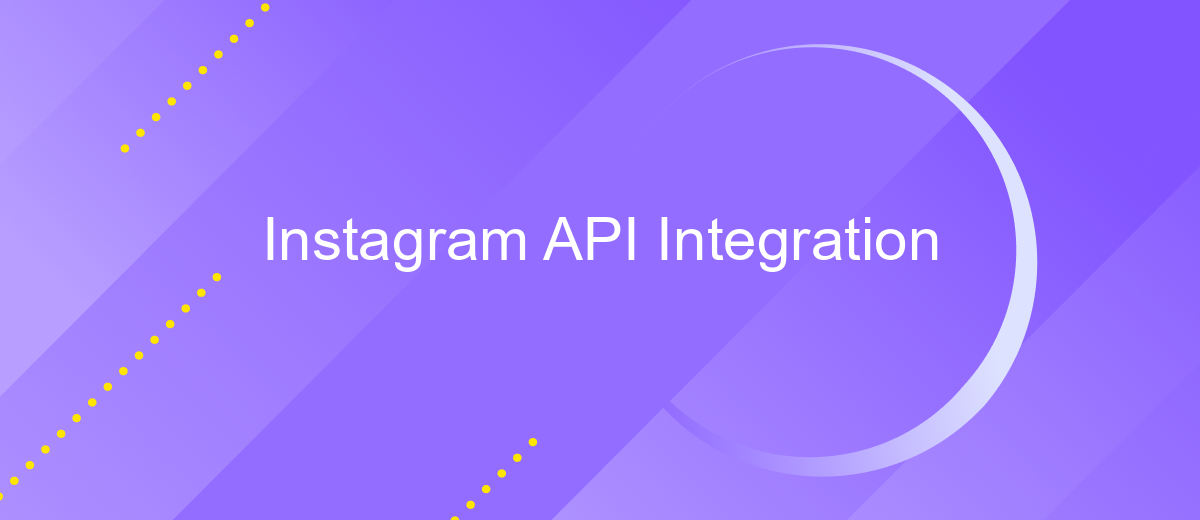Instagram remains one of the most influential platforms in 2025, with over 2.5 billion monthly active users. The ever-evolving algorithm behind the scenes determines what users see, how they engage, and which posts gain traction. For businesses, creators, and marketers, understanding Instagram’s algorithm is critical for visibility and growth.
This blog post takes a deep technical dive into how Instagram’s algorithm works in 2025, backed by the latest changes, AI-powered mechanics, and practical optimization strategies.
1. The Core Goals of the Instagram Algorithm
Instagram’s primary mission with its algorithm is to increase user engagement while maintaining relevance and safety. In 2025, the algorithm prioritizes:
-
Personalized content based on user behavior
-
Content from accounts users have interacted with recently
-
Posts that are likely to keep users on the platform longer
The algorithm works differently across Feed, Stories, Reels, and Explore tabs. Each section uses a separate ranking mechanism.
The Feed algorithm focuses on showing content that is most relevant to a user. It relies on machine learning models trained on billions of interaction data points. Key ranking signals include:
-
User Activity: Likes, comments, shares, saves, and time spent on similar posts
-
Relationship Strength: Direct interactions, DMs, tagged photos, and profile visits
-
Content Type: Whether a user prefers video, carousel, or image
-
Post Time: Recency still plays a role, though less dominant than before
-
Hashtags and Keywords: Semantic analysis through NLP helps Instagram understand post context
Instagram also penalizes posts with misleading clickbait or overuse of trending tags.
Reels in 2025 operate more like TikTok, relying heavily on content discovery rather than follower interaction. Instagram uses:
-
Computer Vision to recognize objects, text, faces, and even logos
-
Audio Analysis to match popular music or detect copyrighted content
-
Engagement Prediction Models to forecast how engaging a video will be before wide distribution
-
Watch History and Rewatch Time to boost high-retention videos
Creating high-quality, entertaining, and native-looking content is key.
The Explore tab uses clustering algorithms to connect similar types of content. In 2025, improvements in AI embedding spaces allow Instagram to:
-
Understand niche communities better
-
Provide hyper-relevant discovery to new content
-
Recommend content based on micro-behaviors like zooming in on images
Posts that perform well in initial testing groups (A/B tested by region and interest) are promoted more widely.
Instagram’s backend in 2025 includes:
-
Transformer-based Models: For semantic post understanding
-
Edge Computing: For real-time ranking on user devices
-
Federated Learning: Privacy-centric learning from user devices without centralizing personal data
-
Reinforcement Learning: Adaptive models that learn from real-time feedback (likes, exits, scrolls)
These AI architectures make Instagram's content selection fast, accurate, and highly personalized.
Instagram assigns a weighted score to every post:
-
Likes = 1 point
-
Comments = 3 points
-
Saves = 5 points
-
Shares = 4 points
-
Profile Visits = 2 points
-
Time Spent Viewing = Variable based on average watch duration
This engagement score is then adjusted by a user affinity score to personalize feeds.
Certain behaviors can reduce your reach:
-
Reposting low-quality content
-
Baiting for engagement ("comment 5 times to win")
-
Using banned or irrelevant hashtags
-
High bounce rates (users quickly scrolling past your post)
-
Violating content guidelines or receiving reports
8. Optimization Strategies
To succeed in 2025, creators and brands must:
-
Analyze Performance: Use Instagram Insights and third-party tools to track post metrics
-
Leverage Hashtags Wisely: Combine trending, niche, and branded hashtags
-
Time Your Posts: Schedule during peak hours using global and local data
-
Use Mixed Media: Alternate between images, reels, carousels, and stories
-
Prioritize Watch Time: Create content that encourages longer viewing durations
Instagram in 2025 uses AI for proactive content moderation:
-
NLP Models scan captions and comments for toxicity
-
Computer Vision flags nudity, violence, or spammy elements
-
Behavioral Analysis detects fake accounts or bot activity
Content flagged for review may see a temporary reduction in reach.
Expect Instagram to roll out:
-
More Transparent Analytics for creators
-
Real-time Performance Indicators during post publishing
-
AI-generated Content Suggestions based on past success
-
Deeper Integration with Threads and Messenger
Final Thoughts
Understanding Instagram's algorithm in 2025 is no longer optional—it's a necessity. Whether you're a creator, marketer, or business owner, leveraging these insights can significantly boost your presence and engagement.
Stay updated, stay creative, and always prioritize value over virality.




